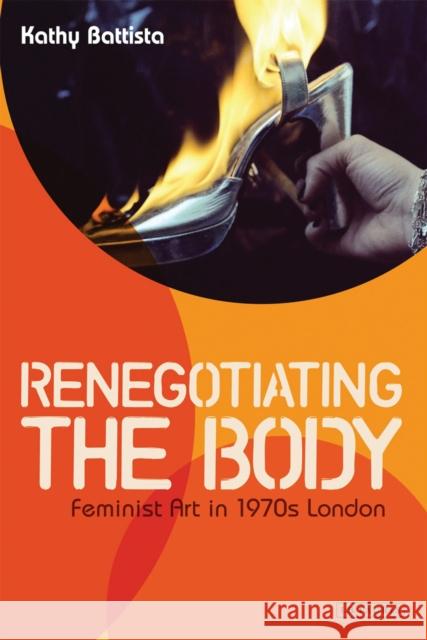Renegotiating the Body: Feminist Art in 1970s London » książka
Renegotiating the Body: Feminist Art in 1970s London
ISBN-13: 9781848859616 / Angielski / Miękka / 2013 / 224 str.
What makes art ""feminist art?"" There can be no essential feminist aesthetic, argues Kathy Battista in this exciting new art history, although feminist artists do have a unique aesthetic. Domesticity, the body, its traces, and sexuality have become prominent strands in contemporary feminist practice but where did these preoccupations begin and how did they come to signify a particular type of art? Kathy Battista's (re-)engagement with the founding generation of female practitioners centers on 1970s London as the cultural hub from which a new art practice arose. Emphasizing the importance of artists including Bobby Baker, Anne Bean, Catherine Elwes, Rose English, Alexis Hunter, Hannah O'Shea, and Kate Walker, and examining works such as Mary Kelly's Post-Partum Document, Judy Clark's 1973 exhibition Issues and Cosey Fanni Tutti's Prostitution, shown in 1976, Kathy Battista investigates some of the most controversial and provocative art from the era.Primarily concerned with the feminist body as site for making and exhibiting works, this book examines themes that look at the body as material, the body and performance, as well as the alternative creative platforms in 1970s feminist art. Drawing on original material - never-before-seen images from artists' personal collections and commissioned interviews with prominent artists from the period - the book is an invaluable resource for artists, researchers, curators and students interested in recovering this period from the margins of art history.











